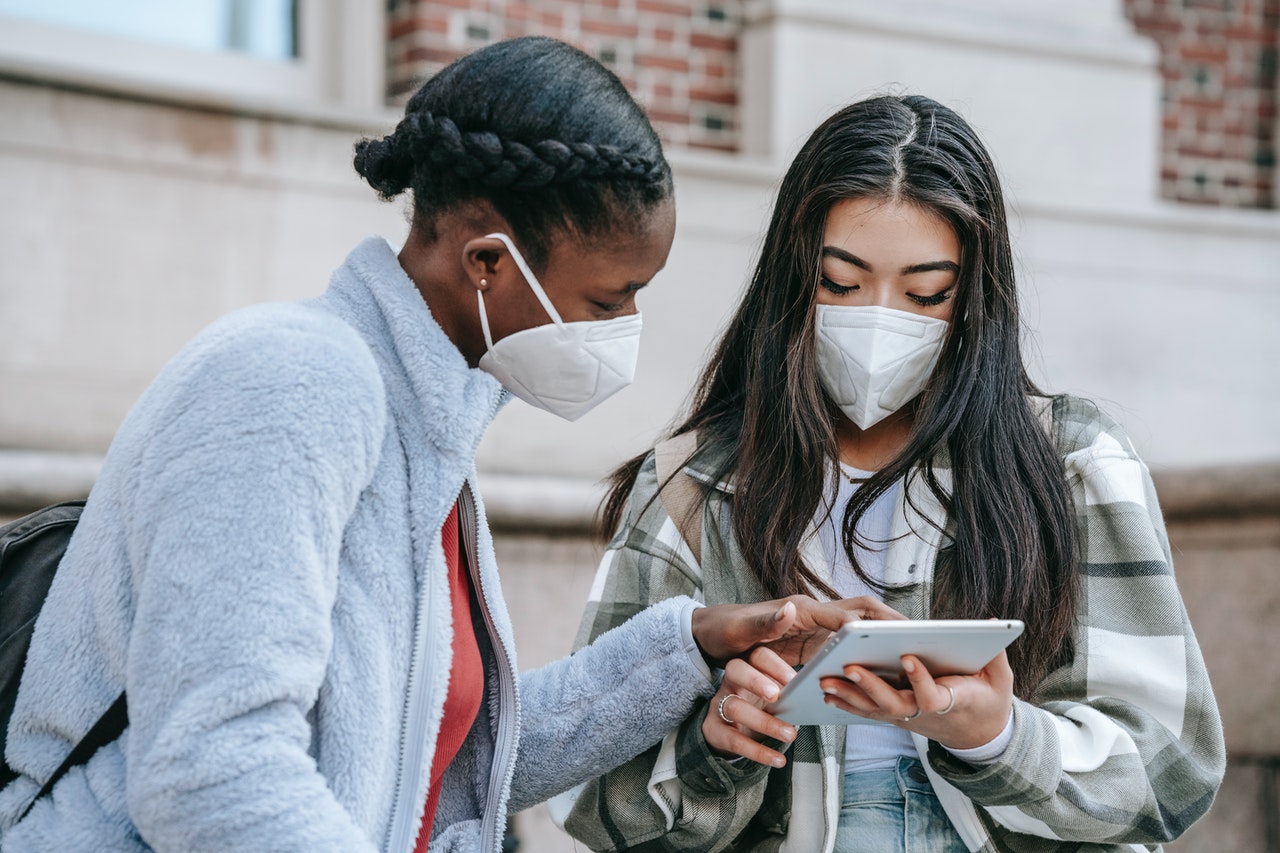We are able to flip to nature for steerage and a possible answer to this problem.
House is unforgiving. On this freezing void of darkness there is no such thing as a oxygen, no gravity and no safety towards the fixed bathe of cosmic radiation. People have
advanced underneath a relentless gravitational pull — so whenever you put individuals into area, unusual and harmful issues occur to their our bodies.
Nonetheless, scientists and engineers working with astronauts on the Worldwide House Station have innovated and proceed to handle these issues. For instance, we all know that spaceflight results in
lack of muscle and bone density, since our bones and muscle groups don’t must work towards the pull of gravity to maneuver us round.
However we nonetheless have no idea easy methods to tackle different space-related medical points, together with
immune system alterations,
issues with imaginative and prescient and bombardment with
hazardous cosmic radiation.
These physiological challenges are mixed with the technological difficulties of sending a number of people on these lengthy missions the place they face logistical issues of packing and allocating sufficient provisions and provides, in addition to social problems with dealing with excessive isolation in deep area.
Placing the physique on pause
Suspended animation and
biostasis might elicit science fiction photographs of people in cryosleep pods. If we might put people in a state of suspended animation by vastly slowing and even absolutely halting metabolic exercise, we might alleviate points surrounding area journey: time, well being considerations, spacecraft measurement and provide allocation.
However how can we safely ease people into hibernation after which carry them again when the time is true, with out risking muscle and bone losing, to call just a few challenges? These are questions that the
United States Division of Protection and different area companies are actively exploring.
Animals who spend the winter in states of suspended animation — hibernation — do not expertise important muscle and bone losing. Their existence and skill to reversibly flip off organic processes seemingly needed for all times might nicely maintain the important thing to creating the circumstances required for the human hibernation technique that might pave our approach to surviving lengthy interstellar voyages to distant stars.
In truth, using biostasis has already been proposed for the
transport of enormous numbers of vacationers to Mars, the place crew members will probably be sustained with specifically formulated whole vitamin liquids whereas they “sleep.”
Mannequin animals?
How can we translate hibernation in animals to hibernation in people? Latest work has uncovered such a capability in animals which can be evolutionarily much like people:
hibernating primates. What is exclusive about these primates is that they will enter a state of hibernation when assets are scarce and temperatures grow to be chilly, and achieve this with out significantly dropping their physique temperature.
One of many driving forces behind this excessive means is microRNAs — quick items of RNA that act as molecular gene silencers. MicroRNAs can regulate gene expression with out altering the genetic code itself. By learning the microRNA technique these animals use, we are able to exploit this genetic on/off swap for speedy, reversible adjustments that might assist hibernation in people.
Our work on grey mouse lemurs (Microcebus murinus) reveals how
microRNAs management which organic processes stay on to guard the animal and which of them are switched off to avoid wasting vitality. A few of these microRNAs have been discovered to fight muscle losing throughout hibernation. Different roles appear to contain stopping cell dying, slowing down or stopping pointless cell development, and switching gasoline shops from shortly consumed sugars to slower-burned fat.
Whereas microRNAs are a promising avenue of analysis, they’re only one piece of the puzzle. Our lab can be trying into different elements of how primates hibernate, equivalent to how these lemurs
defend their cells from stress,
management world gene ranges and the way
they retailer sufficient vitality to outlive hibernation.
Our lab additionally seems at how
microRNAs are serving to animals survive different excessive environmental stresses together with freezing, oxygen-deprivation and scorching, dry climates. There isn’t a stress extra excessive than the vacuum of area, and we hope our analysis will contribute to the brand new RNA-based interventions which can be gaining consideration and rising as viable human therapeutics.
House is inside our attain, and learning what’s already on Earth will assist get us there.
Hanane Hadj-Moussa is a doctoral candidate in molecular biology at Carleton College. Aline Ingelson-Filpula is a Grasp of Science candidate in biochemistry and molecular biology at Carleton College. Kenneth B. Storey is a professor of biochemistry at Carleton College. Hadj-Moussa and Storey each obtain funding from the Pure Sciences and Engineering Analysis Council. Ingelson-Filpula doesn’t work for, seek the advice of, personal shares in or obtain funding from any firm or organiation that may profit from this text, and has disclosed no related affiliations past her educational appointment.








